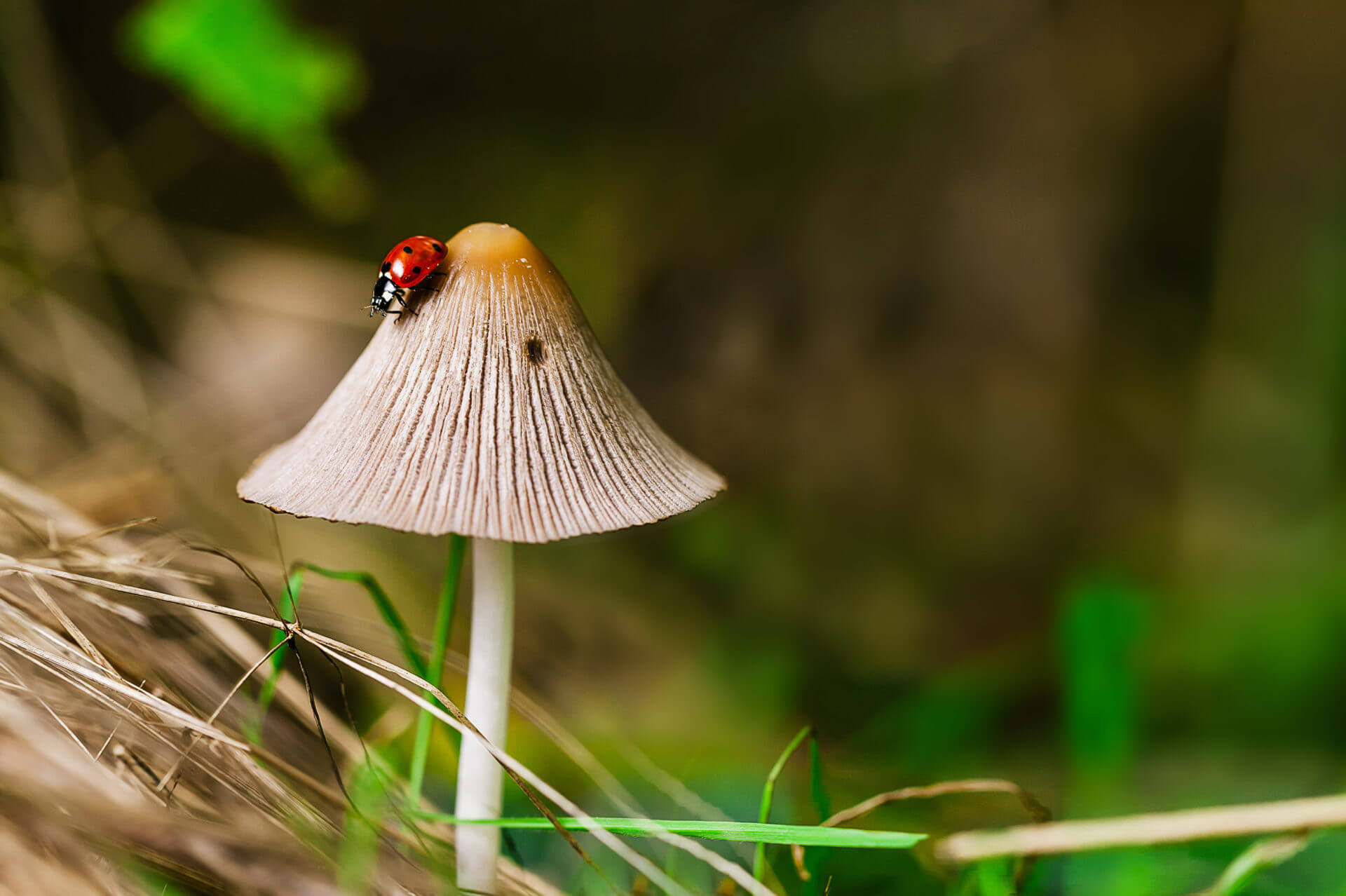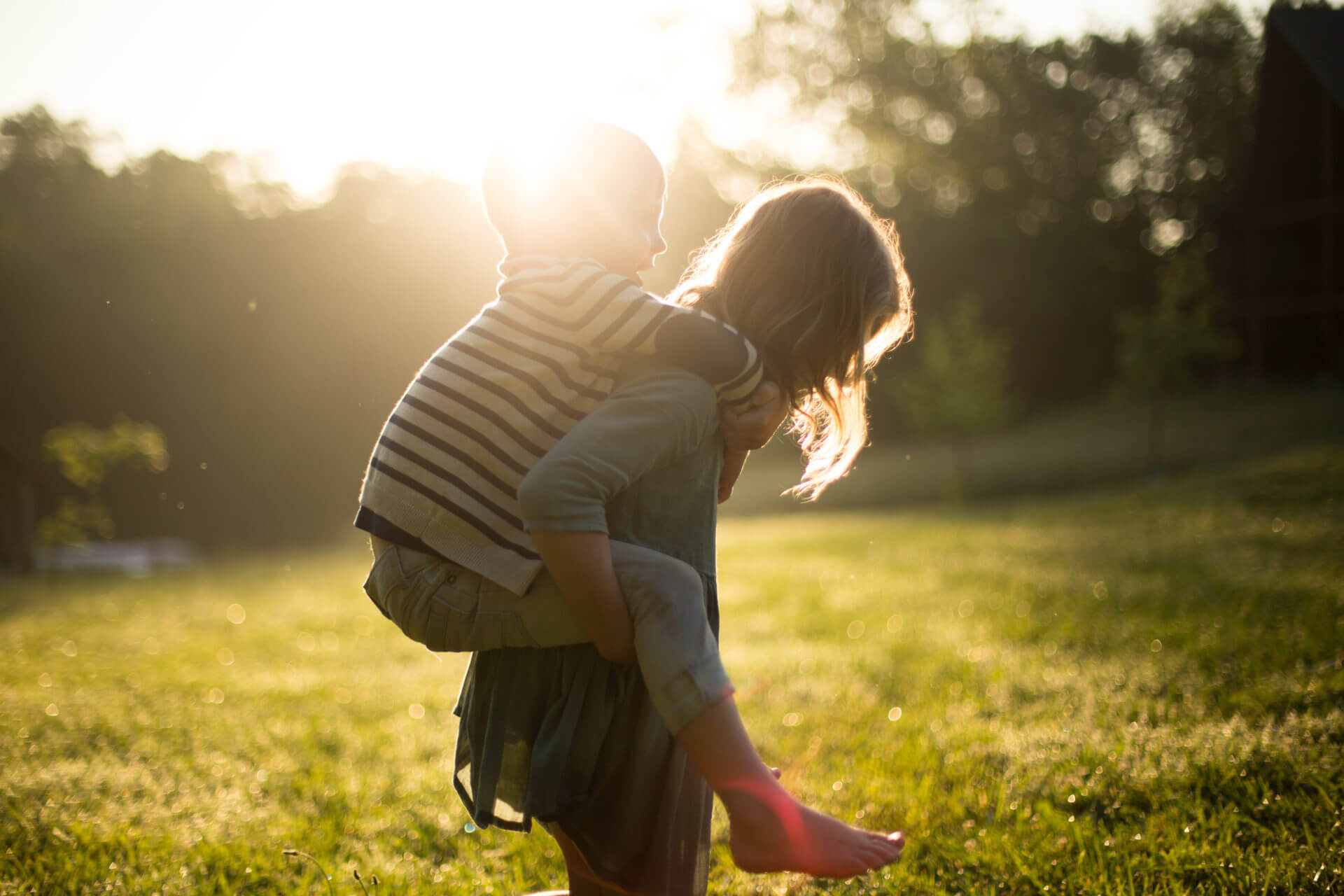
Invasive alien species – The traveller awareness campaign
A silent invasion: invasive alien species
Red-vented bulbul, Egyptian goose, Amur sleeper, broomsedge bluestem, these names probably do not mean anything to you… Still, they are among the 88 invasive alien species of animals and plants that are regulated by the European Union. Despite of their pleasant names, those species represent an important threat to our biodiversity and the ecosystems which we live in.
Invasive alien species (IAS), what is it all about?
IAS are animals or plants that are intentionally or accidentally introduced outside their natural environment (European animals in Oceania, Asiatic plants in Europe…). These introductions are often due to human activities such as exotic animal trade, agriculture or sport fishing. Some of these species come to our lands by accident through transportation of goods by cargo ships, such as potted plants or building materials. Climate change may also facilitate their expansion by creating climatic conditions that are more favourable to their survival and reproduction.
Why should we fear them?
Those species disturb the ecosystems: they have the ability to spread rapidly and to adapt easily to new environments, often to the detriment of native species. As a result they can be the direct cause of a decrease of local biodiversity and the loss of natural habitats for native animals and plants. Managing IAS is a real challenge: it is often difficult to control their spread once they have settled in a new environment.
Some IAS pose a risk to human and/or wildlife health, for example by transmitting diseases and introducing pests.
The economic consequences of these invasions are significant, as the costs associated with managing those species and restoring damaged ecosystems are high.
Fearsome competitors for local animals and plants
Giant hogweed and flatworm are two examples of IAS that have been introduced into Europe in recent years. Giant hogweed is an ornamental species that has been planted for its aesthetic and melliferous virtues. It has been spreading across the environment and colonizing roadsides, riverbanks, forest edges and extensively managed meadows for about twenty years. It tends to form very dense populations overrunning local plant species. In addition to its spread, this plant can cause skin burns in contact with sunlight.
The flatworm, originating from New Zealand, is the terror of the gardens. Why? Because it eats all the small animals that are useful for natural areas and farmlands such as snails and earthworms, these “soil engineers” that participate in the recycling of organic materials, among others. Having no predator, it can multiply unhindered and harm soil balance.
Preventing instead of healing
The best way to manage the risk associated with biological invasions is to prevent alien species from settling. Prevention consists in limiting their introduction by controlling commercial movements, imports and exchanges of plants and animals, at all levels: international, European, national and local.
But in order to protect biodiversity, it is important that we act together, each at our own level.
Here are the right things to do to avoid importing or spreading invasive alien species:
- Give preference to native species or exotic species that do not represent a problem when laying out the garden or an outdoor space;
- Never release an exotic pet into the nature. Even a small turtle can cause major damage… ;
- Respect import regulations when travelling abroad, and avoid bringing back any souvenirs, such as exotic plants, even in the form of cuttings or seeds.
What are federal authorities doing about IAS?
The European regulation adopted in 2014 to prevent the introduction and manage the spread of invasive alien species, requires Member States to establish national action plans to address unintentional introductions.
At Belgian level, the federal authority has competence in the field of nature conservation for the import, export and transit of non-native species. In accordance with this competence, the FPS Health is responsible, among others, for controls at the borders to prevent the intentional or unintentional introduction of invasive alien species during private travel or commercial movements. On the ground, these controls are carried out thanks to the Customs and the Federal Agency for the Safety of the Food Chain (FASFC), which are in the front line for borders controls. A trilateral memorandum of understanding between Customs, the FASFC and the FPS Public Health regulates this coordination since 2018.
The “Home Sweet Home” campaign, that can been seen in April and May 2023 on social networks, in and around airports and travel agencies, is an initiative of the FPS Health, Food Chain Safety and Environment, with the support of the Belgian Customs, The Federal Agency for the Safety of the Food Chain and the airports of Antwerp, Charleroi, Liège and Ostend. It aims at informing travelling citizens about IAS and making them aware of the threats due to the introduction of IAS for our health and that of our ecosystems, and at preventing the risks of further introduction/spread.
For more information on invasive alien species:
Actus Associés
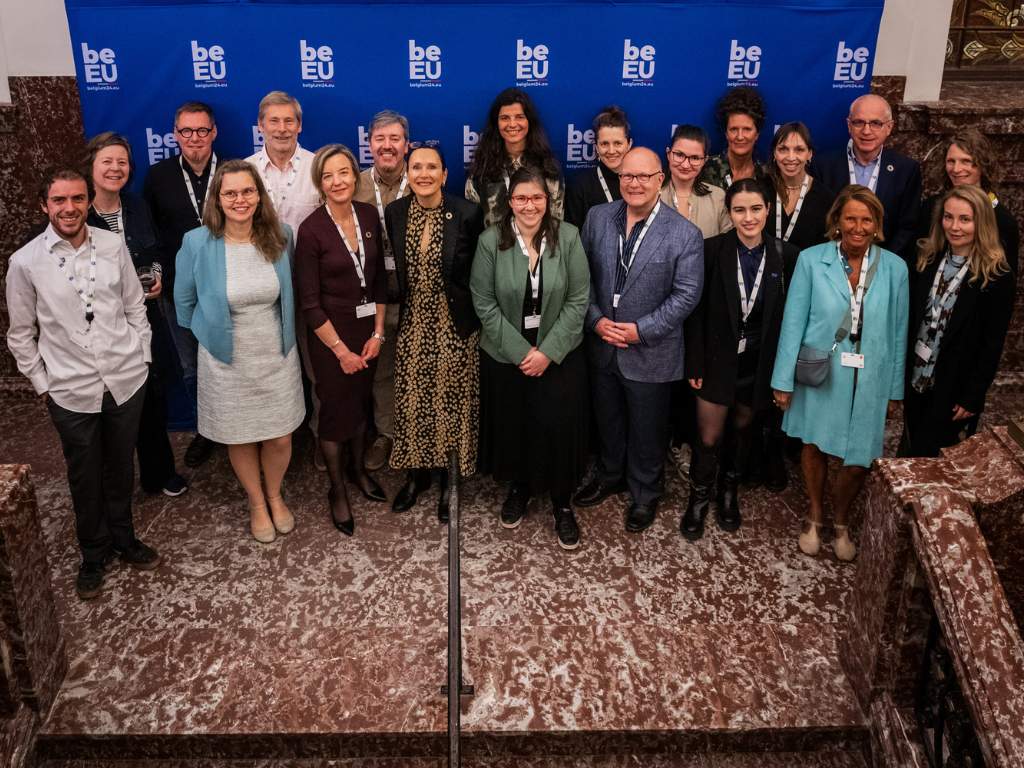
Giving back to nature more than we take away
As part of the Belgian Presidency of the Council of the European Union, the Federal Public Service for Public Health, Food Chain Safety and the Environment organized a High-Level event on the crucial role of nature and biodiversity in building a sustainable future. Entitled “Regenerative development for transformative change”, the event, which took place in Brussels on April 11, was built around a central message: “Giving back to nature more than we take away”.
See more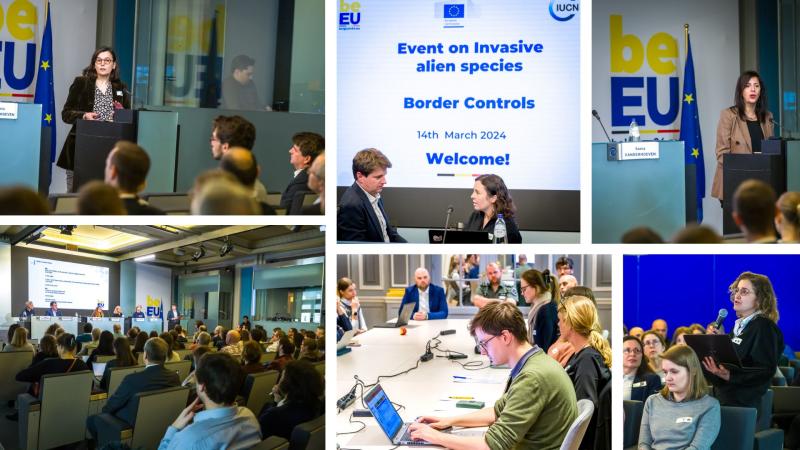
Enhancing collaboration at European Union borders
Officers from customs, animal and plant health authorities, and environmental authorities convened in Brussels on 14 March for an event focusing on improving border controls for Invasive Alien Species. Effective border controls are a key element in preventing their introduction into the European Union. This event was jointly organised by the Belgian presidency of the Council of the European Union, the European Commission, and the International Union for Conservation of Nature (IUCN).
See more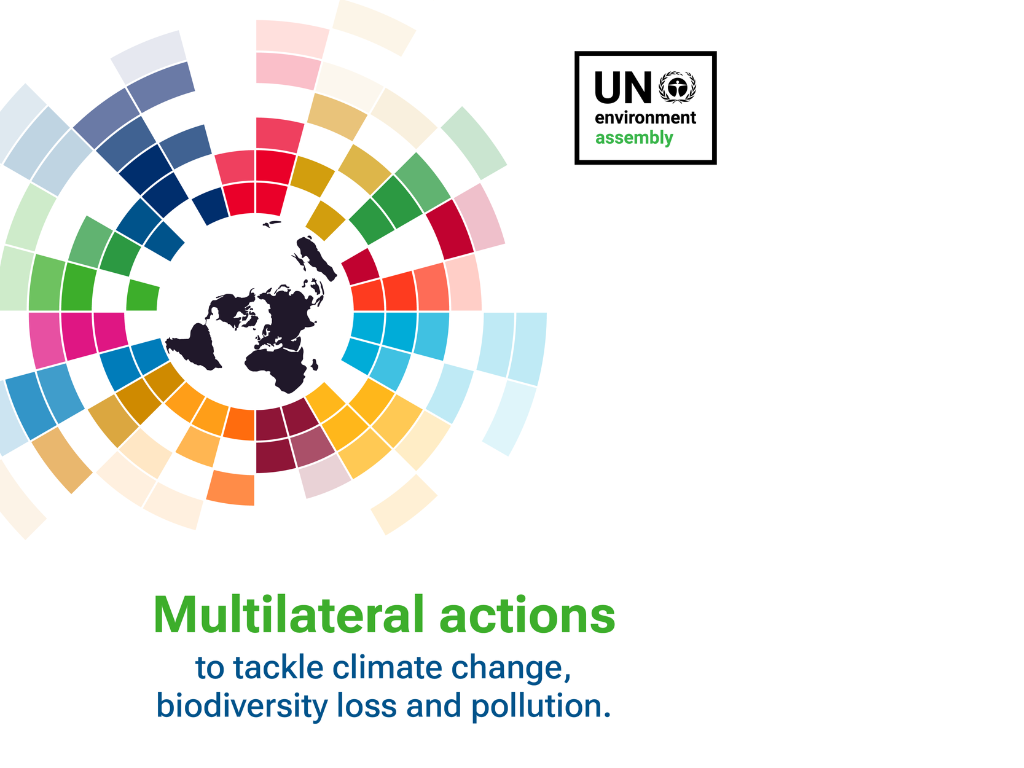
UN and EU presidency share the same priorities at UNEA-6
From 26 February to 1 March, the United Nations Environment Assembly (UNEA), the world’s highest-level decision-making body for environment, met in Nairobi, Kenya. This sixth session (UNEA-6) envisaged how multilateral actions can help tackle the triple crisis of climate change, biodiversity loss and pollution.
See more



